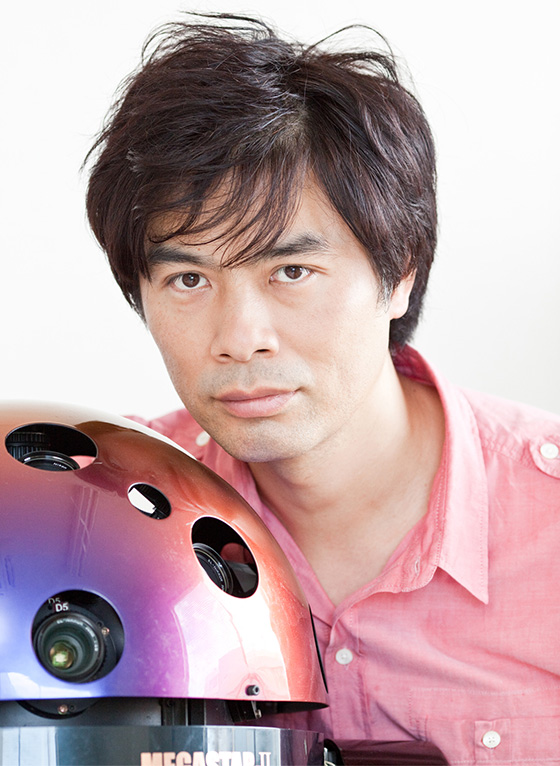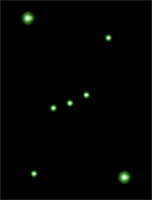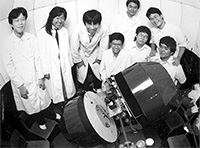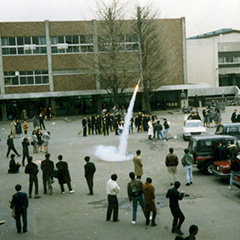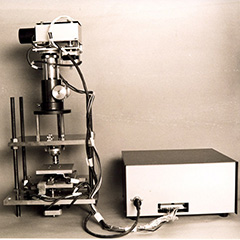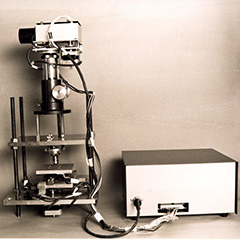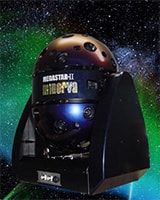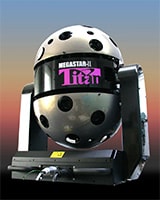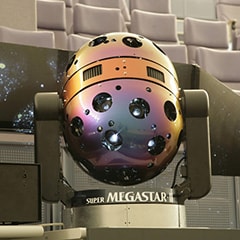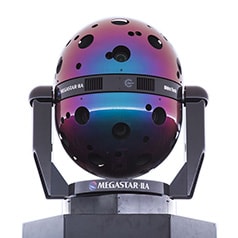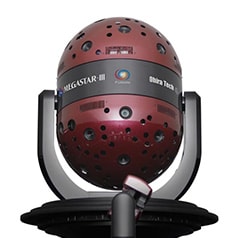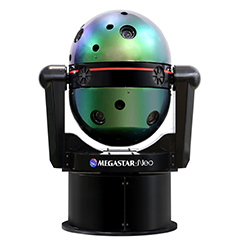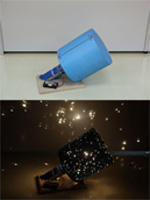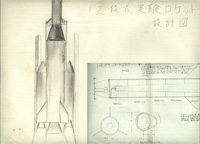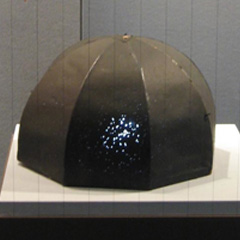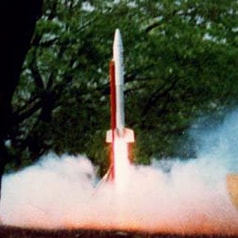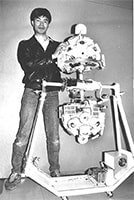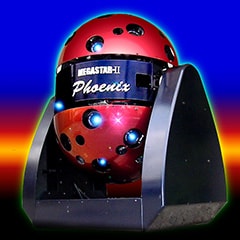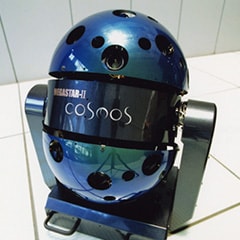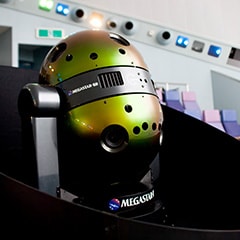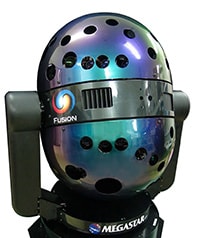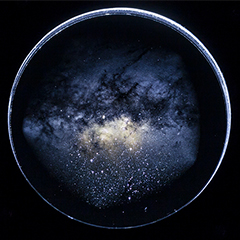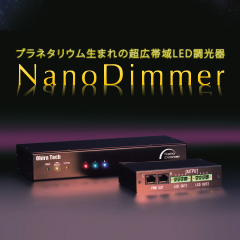Representative Director of Ohira Tech Ltd., Planetarium Creator Takayuki Ohira worked on his planetarium since he was in elementary school. While studying at the university, he succeeded in developing the lens projection type planetarium "Astroliner" which was said to be beyond the capabilities of an individual person. After joining Sony Corporation, he continued planetarium development and made "MEGASTAR" that projects 1.5 million stars (complete model has 1.7 million stars), what was 100 times more than of a conventional planetarium by the date. It was presented at the IPS (International Planetarium Society) London Conference in 1998. In 2004, he jointly developed with the National Museum of Emerging Science and Innovation "MEGASTAR-II cosmos" (with 5.6 million projected stars), which acquire certificate as a Guinness World Record. In 2005 Takayuki Ohira founded Ohira Tech Ltd. As a famous public figure in Japan, Ohira often appears on TV. His book "I made a Planetarium" was made into a TV Drama by Fuji Telivision. In addition to installations of MEGASTAR in Japan and abroad, Ohira is actively producing events, collaborating with musicians and artists, developing innovations for planetarium industry. The world's first optical home planetarium series "HOMESTAR" jointly developed with SEGA TOYS is a major hit product exceeding 1.15 million units sold worldwide (as of April 2017). In 2012, Ohira developed a completely new projection concept "MEGASTAR-FUSION". In 2016, the ultra-compact "MEGASTAR CLASS" was announced as the first planetarium for personal use in the MEGASTAR series. Takayuki Ohira's motto is "Human beings can prove possible but cannot prove impossible".
Award history: Nihon University Excellence Award, Kawasaki Azalea Glow Award, Japan Innovator Excellence Award (Nikkei BP Company), BVLGARI Brilliant Dream Award 2006, Science and Technology Award by the Minister of Education and Culture, IPS2018 TECHNOLOGY & INNOVATION AWARD.


